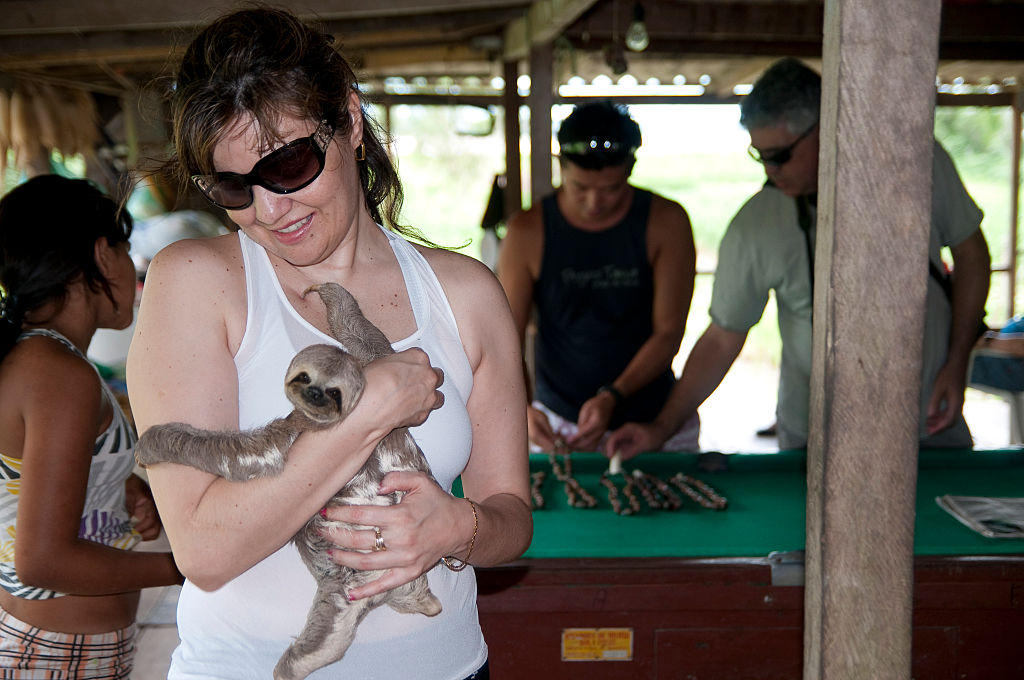Think before you post that pic of you with a wild koala or sloth or snake.

That’s what Instragram wants you to do with its latest community guidelines update –aimed at protected the animal community.
As of Dec. 4, when someone uses a hashtag that has been “associated with harmful behavior to animals or the environment,” such as #Koalaselfie or #Slothselfie, they’ll get a pop-up notification telling them about animal abuse.

World Animal Protection says there’s been a 292 per cent increase in selfies with wild animals since 2014 – and 40 per cent of those showed “bad interactions” like hugging or holding wildlife.
“The explosive trend of posting wildlife selfies on the site has driven the suffering and exploitation of some of the world’s most iconic animals across the globe,” officials from World Animal Protection said in a release.

Get daily National news
But some people might wonder why it’s “harmful” to hold and take a picture with these animals.
Wildlife experts say that holding some animals like koalas and sloths actually causes them distress.
- Australia passes world’s 1st social media ban for kids under 16
- Competition Bureau sues Google alleging anti-competitiveness on web ads
- ‘Incredible snow totals’: Squalls to hit parts of Ontario, up to 80 cm possible
- Alberta government takes aim at GHG emissions cap, proposes rules on trespass and data gathering
Further, some animals are abused to make them docile enough for pictures, a report from World Animal Protection states.
“The fact that sloths, caiman, anacondas, and more, are often beaten into submission before being ‘safe’ enough for selfies, is left out of the camera’s frame. These animals are taken from their mothers as babies, then secretly kept in filthy, cramped conditions,” the report reads.
Instagram won’t be releasing the full list, but according to National Geographic, there’s hundreds of hashtags, compiled with input from the World Wildlife Fund, TRAFFIC and World Animal Protection.
Organizers hope the small delay will have a large impact.
“If someone’s behavior is interrupted, hopefully they’ll think, maybe there’s something more here, or maybe I shouldn’t just automatically like something or forward something or repost something if Instagram is saying to me there’s a problem with this photo,” Cassandra Koenen, of World Animal Protection, told NatGeo.
Instead of taking a picture while you’re holding the animal, World Animal Protection’s experts say a “good” wildlife selfie is one which there is no human contact.
They also say you can visit official animal sanctuaries and rescue centres to stay away from what they called “the cruelty of the tourism industry.”








Comments